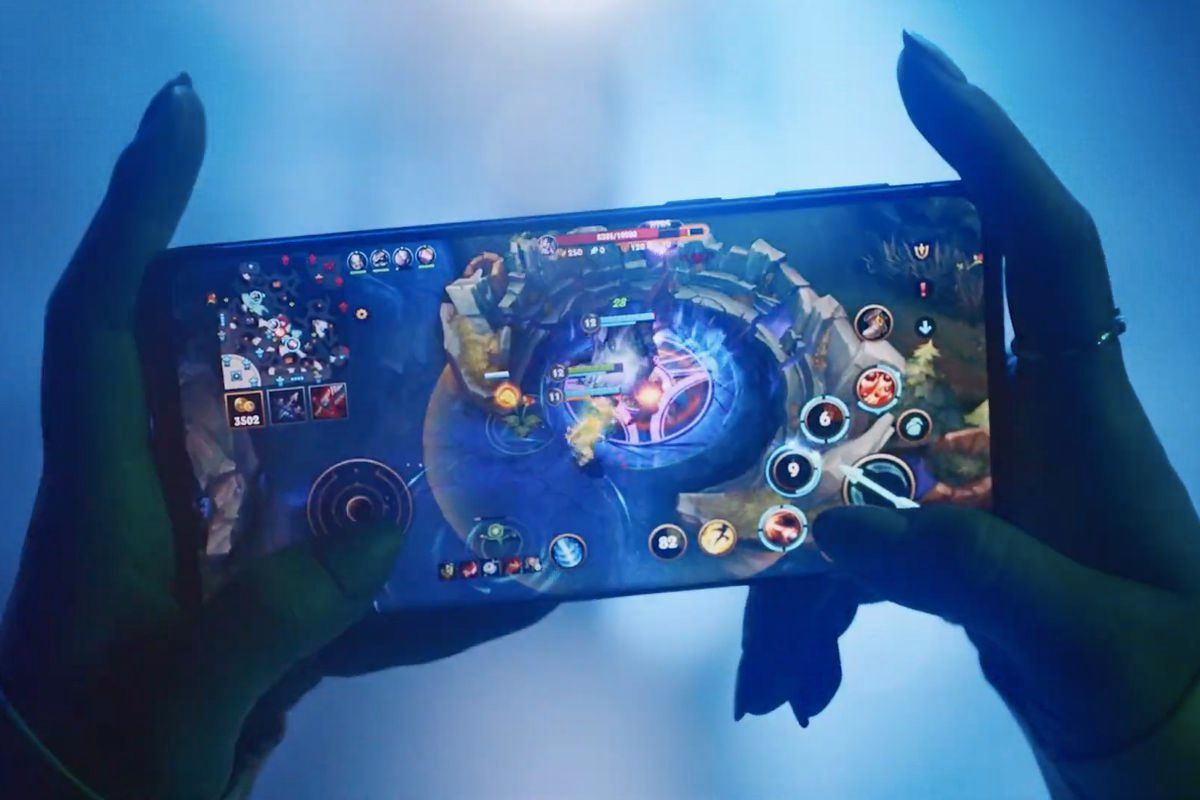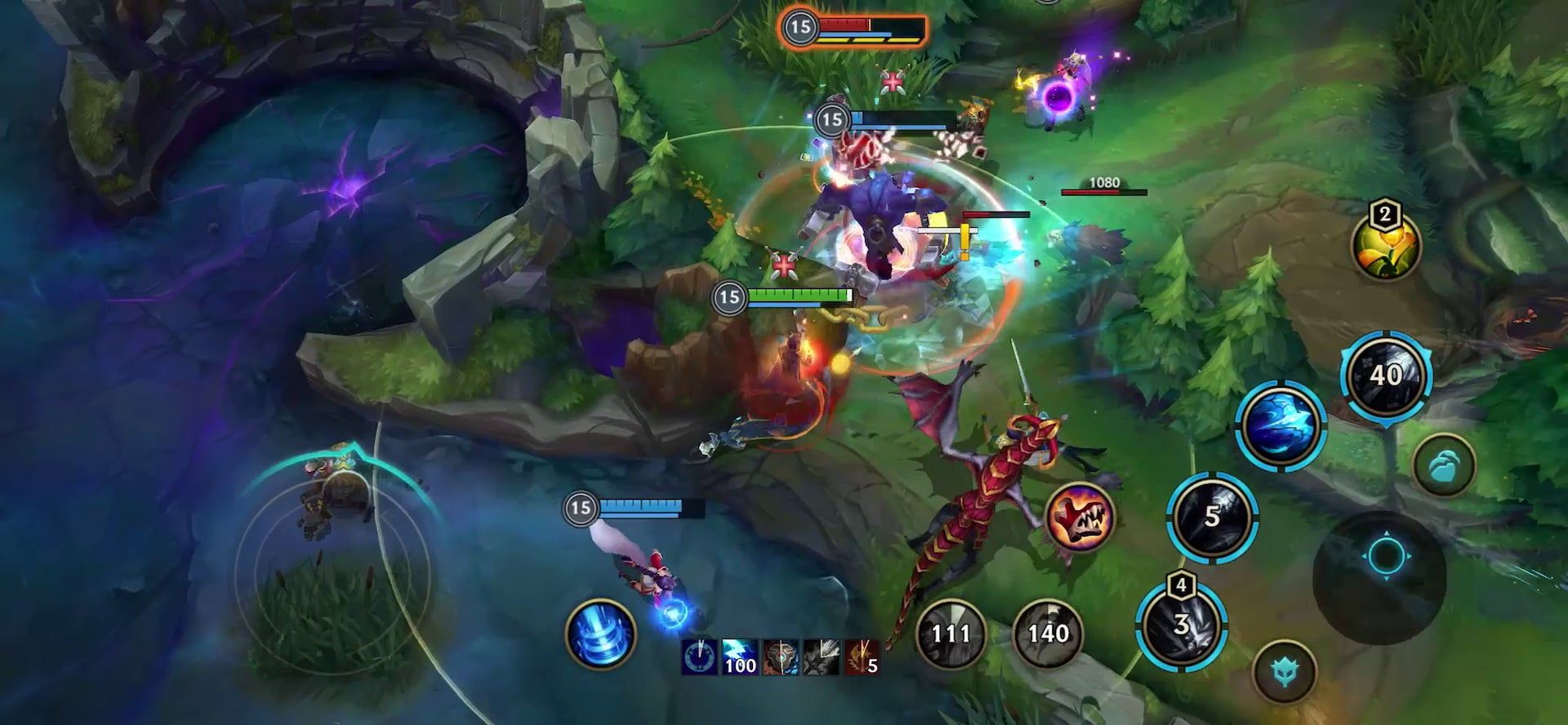League of Legends: Unleashing the Power of MOBA in the Mobile Hyper-Casual Gaming World

League of Legends (LoL) is one of the most played games in the world, with 180 million monthly active players as of 2022. It has cemented itself in the gaming industry, being one of the most played (and hated) games. Its success has inspired countless other games, cementing the MOBA genre as a staple in the gaming industry. The game’s long lifespan has resulted in a critical reappraisal, with reviews trending positively; it is considered one of the greatest video games ever made.
In the game, two teams of five players battle in player-versus-player combat, each team occupying and defending their half of the map. Each of the ten players controls a character, known as a “champion”, with unique abilities and differing styles of play.
The impact of LoL on the gaming industry is profound. It has popularized the free-to-play business model and refined gameplay mechanics in the MOBA genre. The rise of esports, largely driven by LoL, has also significantly influenced the gaming industry. The finals of last year’s League of Legends world championship pulled in 36 million daily views across the globe and distributed $6.3 million in prize money. This demonstrates the game’s immense popularity and its pivotal role in shaping the future of the gaming industry.

Adapting LoL, the popular multiplayer online battle arena game developed and published by Riot Games, into a hyper-casual mobile game could be an intriguing venture. Here are some potential strengths, weaknesses, and thoughts on the likelihood of this happening:
Strengths:
- Broader Audience: Mobile games have the advantage of reaching a wider demographic. Not everyone has access to gaming consoles or high-end PCs, but smartphones are ubiquitous. This means a mobile version of LoL could potentially reach millions of additional players around the world.
- Portability: Unlike console or PC games, mobile games can be played anywhere and at any time. This convenience could attract casual gamers who want to play in short bursts during commutes or breaks.
- Monetization Opportunities: Mobile games often include in-app purchases and ads, which can provide additional revenue streams. These could range from cosmetic items to time-saving boosts, appealing to players who wish to enhance their gaming experience.
Weaknesses:
- Complexity Reduction: LoL is known for its complex gameplay, detailed environments, and intricate mechanics. These elements may need to be significantly simplified to fit the hyper-casual market, which could dilute the essence of the game and disappoint long-time fans.
- Technical Limitations: The high-quality graphics and expansive game world that LoL is renowned for might be too demanding for mobile devices. This could result in a compromised visual experience or require significant changes to the game’s structure and content.
- Control Scheme: Converting the game’s controls to a touch screen interface could be challenging. LoL involves a wide range of actions (moving, attacking, using abilities, etc.) that might be difficult to execute intuitively on a small screen.
As for the likelihood of this happening, it’s hard to say. Riot Games has previously released a mobile version of their game, like League of Legends: Wild Rift. However, this was not a hyper-casual adaptation but a full port of the game. Given the complexity and depth of LoL, a hyper-casual adaptation might not align with Riot’s brand and creative vision. Nevertheless, the mobile gaming market is growing, and it’s possible that Riot could explore this space in some way with LoL or another title. Ultimately, the decision would depend on various factors, including market trends, player demand, and technical feasibility.
Leave a comment below and let us know what you think!